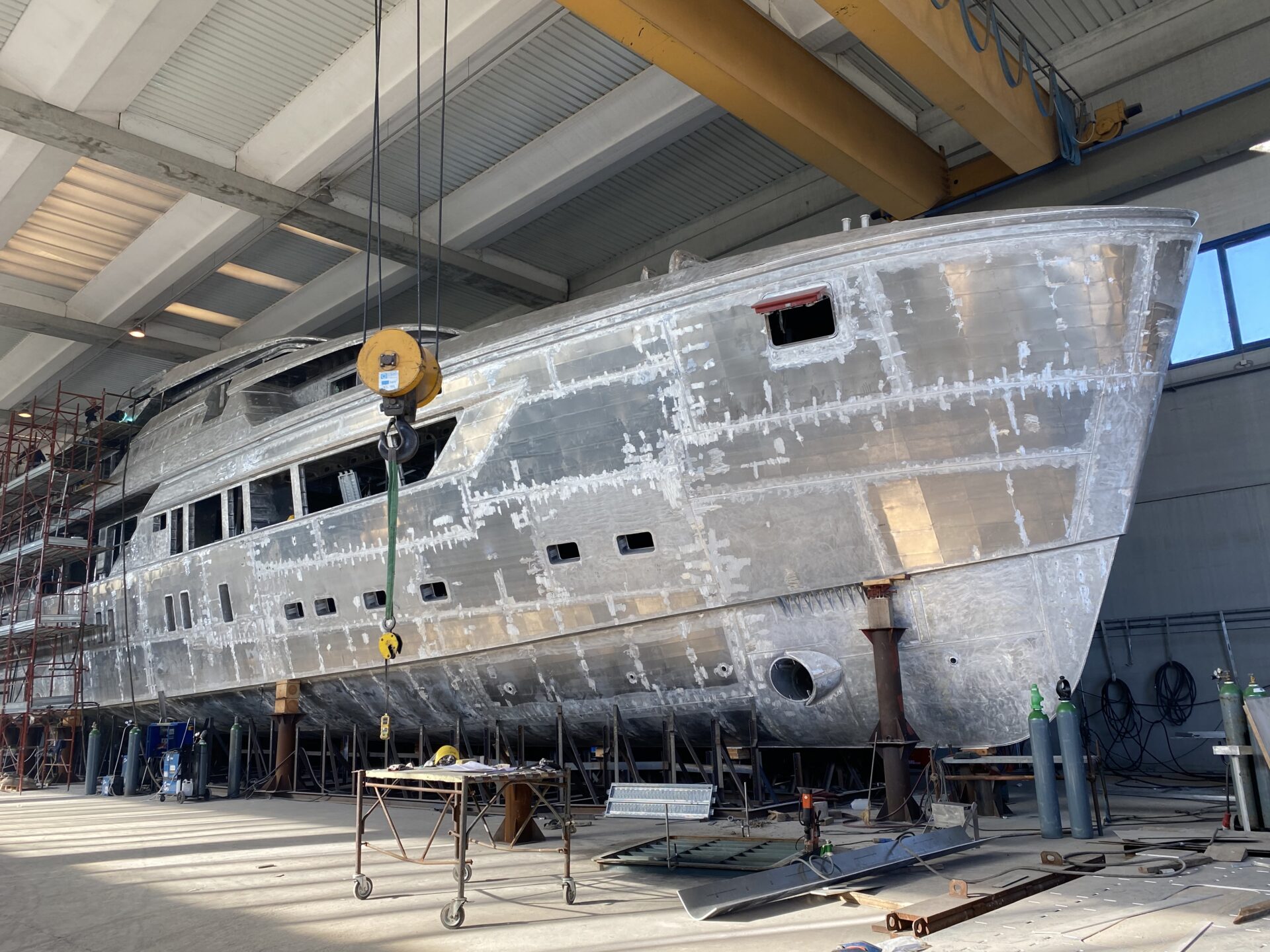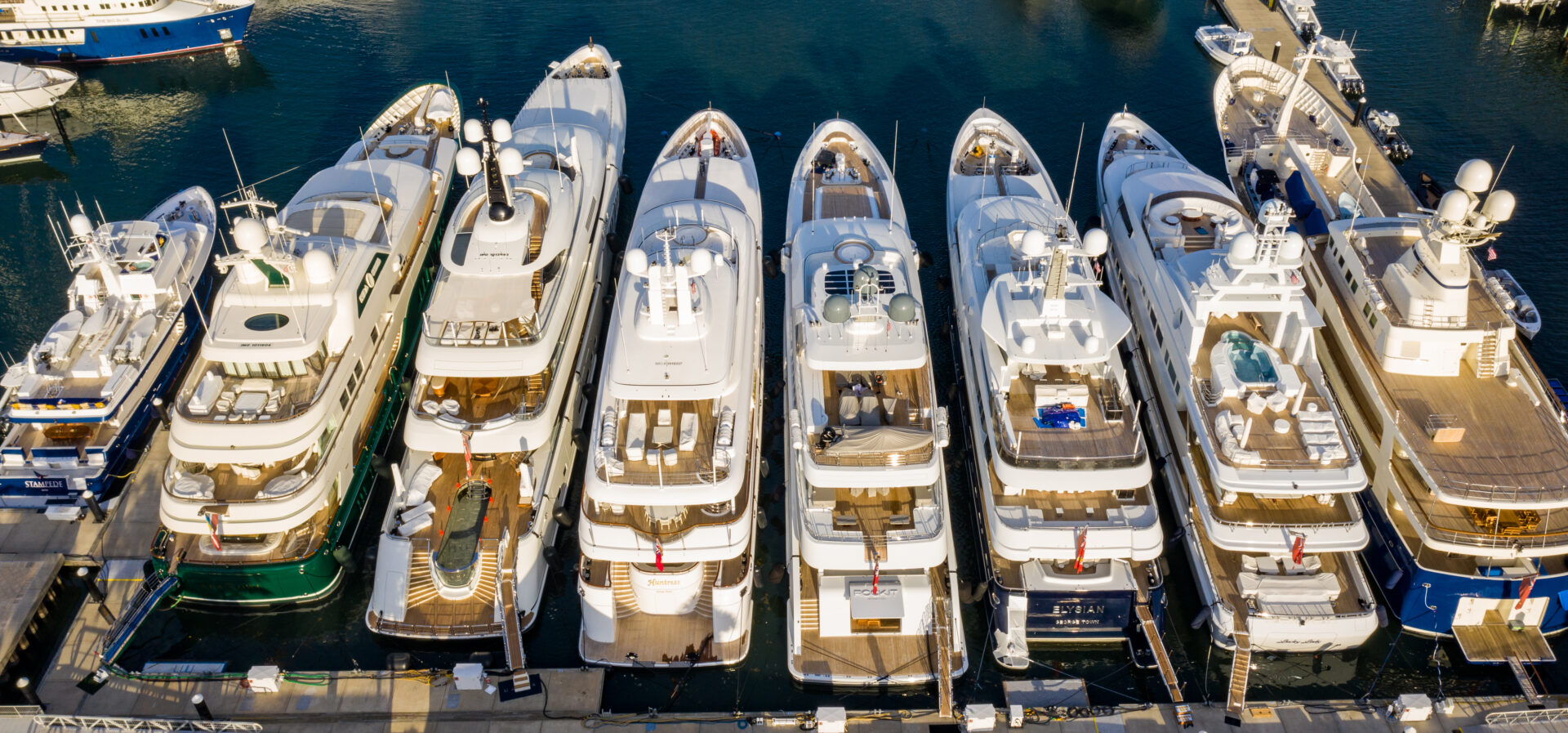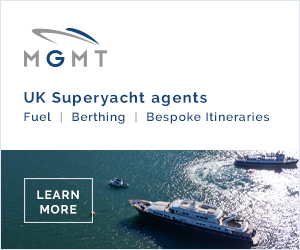As the world becomes a more environmentally friendly place, people are becoming more conscious of their carbon footprint. The industry of superyachts has followed suit.
Are hybrid superyachts the answer? Superyachts travel to some of the most beautiful places to experience the best natural beauty the world has to offer. It is, however, no secret that the industry contributes to the damage of the environment. One of the significant factors is the amount of fuel needed for propulsion. On top of this, the toys, tenders, and onboard generators all need fuel to function.
Thus, more and more yachts, tenders and toys are being built with hybrid systems and electric propulsion than ever before. There is an industry debate regarding how long hybrid yachts have been around. Some say Ethereal, launched in 2008, was the first. Others would argue that Feadship’s Savannah was the pioneer in hybrid propulsion.
So, how do they work?

The main aspects of a hybrid system onboard is the battery technology, permanent magnet motor generators and the invertors. In layman’s terms, a hybrid yacht is a yacht that two different energy sources can propel. The most well-known, widely used, and developed combination is diesel and electric. This system results in less use of fossil fuels and is, therefore, more environmentally friendly.
In a 2021 interview, President and CEO of Sanlorenzo, Massimo Perotti said:
“The synergy between power sources has inspired us to seek the right balance between energy saving and performance. Between onboard comfort and an eco-technological approach.”
The market leader in hybrid systems development is Italy based e-Motion. A system now found on motor and sailing yachts up to 220-foot or 67-meters. e-Motion systems allow owners to have a propulsion system on board, where the owner can enjoy the benefits of hybrid power without changing the diesel direct shaft propulsion. Using both the diesel and electric engine where the two systems work in sync offers an environmentally-friendly propulsion system, which does not cause the yacht and her guests to compromise on comfort or power. e-Motion also works together with Simrad navigation units. Allowing the captain or officers to switch from electric to diesel at the touch of a button.
In a recent interview, Managing Director of Lateral Naval Architects, James Roy, said:
“Clients are already asking us to engineer, design and build yachts which can ‘leave no trace’. Perhaps even operate in a way that leaves a positive impact on the environment. There is a real opportunity here for our industry to be at the forefront of future tech development and lead the way.”
The benefits:
Where to begin with the benefits of hybrids? First, fuel and engine hours are significantly reduced, and annual CO2 emissions are less. Using the e-Motion as an example, yachts can opt to use the systems Economy Navigation Mode. Whereby one of the main engines does the job of both. As the engine turns the prop shaft, it spins the electric motor, which acts as an alternator. This generates power to turn the other motor, recharging the batteries, and maintaining the power supply. All of which are needed to run the rest of the yacht for things like laundry, galley, lights etc. In a recent interview, e-Motion founder Michele Maggi said:
“This gives you around 30% fuel savings and drastically reduced engine running hours.”
Not only does is a hybrid system good for the environment. It also betters the guests’ experience on board. Hybrids reduce the noise, vibrations and exhaust fumes on board caused by generators, required to keep the ‘hotel’ load of the yacht running at all times. It will also save owner’s and charter guests money on fuel. This can be a huge expense depending on the distance the yacht is required to travel.
Some examples of yachts with hybrid systems are:
M/Y Bravo Eugenia, a 109-meter Oceanco built superyacht. Her quiet electric mode allows her to consume 30% less fuel than other motor yachts in her size class.
M/Y Artefact, an 80-meter Nobiskrug yacht, launched in 2020. She is a very quiet vessel due to her hybrid diesel-electric system. It integrates lithium batteries and also saves 30% of energy and emissions. Artefact also has solar panels and an extensive battery storage system. This allows her to have complete independence of the internal combustion engines.
S/Y Black Pearl is the world’s most advanced superyacht featuring zero-emissions. Cruising with a system whereby the pitch propellers feed power back into the yacht via a pair of shaft generators. Proving enough power to support the yachts’ hotel’ load. When commissioning Black Pearl from Oceanco, the owner requested a zero-impact yacht to prove that it was possible to run a yacht without consuming natural resources.
M/Y Savannah, launched by Feadship in 2015. She uses a Breathe propulsion system which allows the yacht to have five different operation modes. Ranging from diesel to diesel-electric to electric only. Savannah takes her power from a 30-tonne lithium-ion battery bank capable of holding a million watts of electricity.
However, to reduce a yacht’s carbon footprint even more, all yachts can opt for more green toys and tenders. Such as paddle boards, kayaks, sea bobs, wind surfers, electric surf boards, inflatables such as slides, climbing walls and a trampoline. Hydro foils, hydro cycles and electric tenders are also available. They will ensure the overall fuel consumption is decreased.
Is this the future of yachting?

West Nautical’s sister company, Nautical Management Services, has a fleet of yachts under their management, providing 24/7 support across all facets of a superyacht’s running. From crew salaries, to how the vessel is maintained. With yacht size and sophistication only increasing, management must constantly evolve.
Geoff Moore, West Nautical’s Managing Director, gives us his thoughts on technological developments in sustainability on new build yachts:
“We are seeing a lot of yacht owners and shipyards driving towards greater efficiency and sustainability for the future, trying to reduce the environmental and financial impact of the yacht. The maritime industry is always going to be behind the automotive industry. Simply because there is less production and yachts are far larger and more complex. But there is a real move towards hybrid power and fewer emissions. New technologies from other industries are often adopted and used on yachts after they have proven to be successful.
One such innovation is the ever-improving batteries that are regularly available. And, with more and more hybrid and full-battery powered vehicles, this technology is now moving into the yachting industry. And, can be easily retrofitted.
This technology differs in many ways from the traditional diesel-only powered vessels fitted with large main engines, used only for propulsion with separate generators feeding the hotel load. So, it is an improvement in technology for both efficiency and reducing environmental impact with reduced emissions. As well as physically taking up less space in the engine room. Meaning, more space can be made available for the guest accommodation or additional facilities.”
Conclusion:
To conclude, hybrid technology is one of the most exciting innovations in the yachting world. With more and more owners requesting new builds with smaller carbon footprints than the traditional yachts we see today.
Sustainability and being as environmentally friendly as possible should be a part of every industry and business model in the market today. And, the superyacht industry is no exception. With owners, shipyards, yacht designers and engineers adapting to invent eco-friendly solutions, it is only a matter of time before hybrid or even fully electric yachts are the norm.
Building an environmentally friendly yacht is building a yacht for the future.
For more information from West Nautical, click here.
And, for more of the latest industry news and content, click here.





.gif)
.gif)












